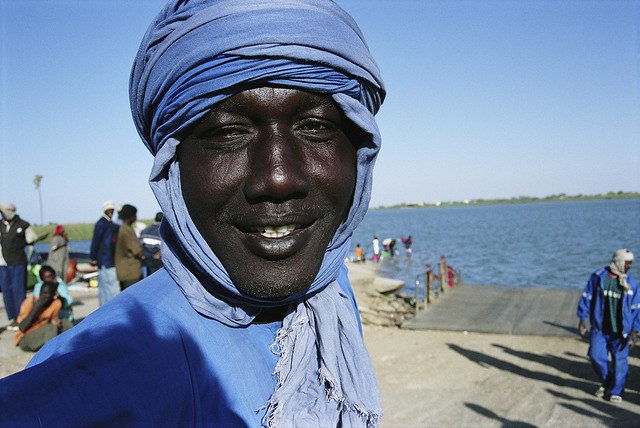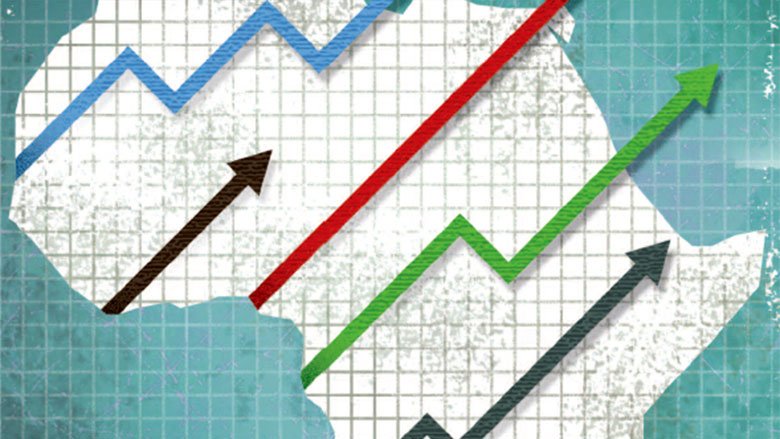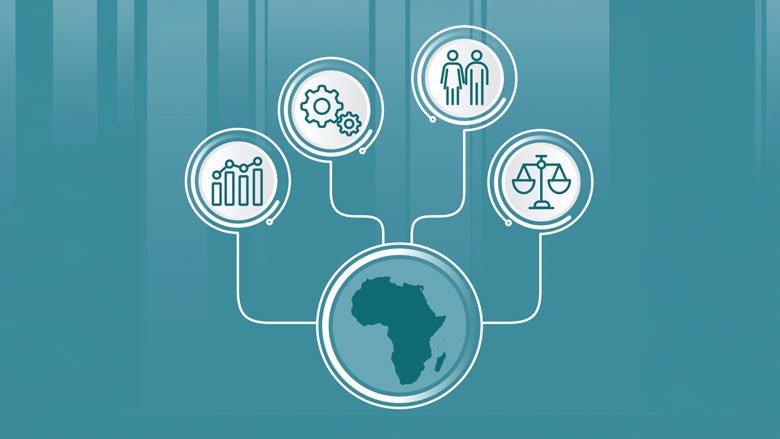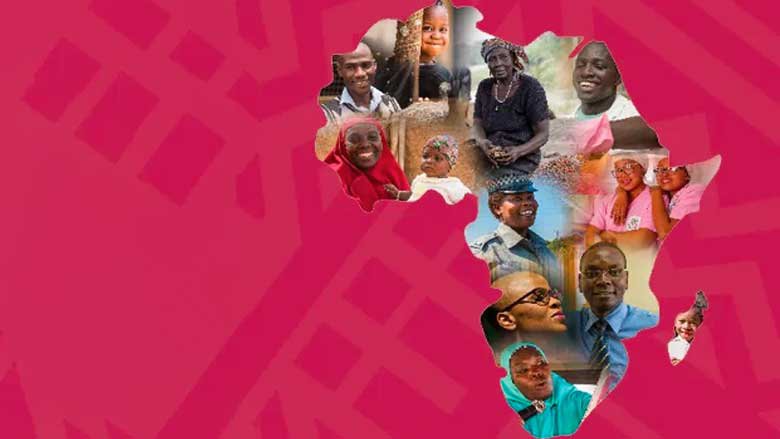Botswana is located at the center of Southern Africa, positioned between South Africa, Namibia, Zambia, and Zimbabwe. One of the world’s poorest countries at independence in 1966, it rapidly became one of the fastest-growing economies. Significant diamond wealth, robust institutions, prudent economic management, and a relatively small population of about 2.5 million (2022), have made it an upper-middle-income country with an aspiration of becoming a high-income country. At the same time, as one of the most unequal countries in the world, Botswana faces significant development challenges - some of which are similar to those faced by countries at lower income levels.
Political Context
Botswana’s stable political environment includes a multi-party democratic tradition, with general elections held every five years. The ruling Botswana Democratic Party (BDP) has been in power since independence. The next election is scheduled for October 2024.
Economic Overview
Botswana’s macroeconomic policy framework has historically been anchored in prudent macroeconomic policies and solid economic institutions, particularly around managing diamond revenue. It has contributed to a long period of positive economic growth. But over time, Botswana's reliance on diamonds and a public sector-driven model have made the economy vulnerable to external shocks, as diamonds contribute over 90% of total exports and are a major source of fiscal revenues.
Dependence on the capital-intensive mining sector exposes the economy to global shocks and the sector maintains weak links to the rest of the economy. The complexity of exports is low, as most diamonds are exported in rough form. The country’s heavy reliance on minerals, as well as its large public sector and its increasing vulnerability to adverse shocks, have exacerbated its fiscal and external vulnerabilities. The increase in the frequency and magnitude of climate change-related events, especially higher temperatures and changes in precipitation, have increasingly disrupted output and threatened livelihoods, underscoring the need to strengthen the country's resilience and implement investment strategies to support adaptation. Poverty remains high despite Botswana’s relatively high income level. Job creation has been lagging, unemployment is structurally high at 25.9% (2023Q3), and the level of inequality (Gini index of 53.3) is among the highest in the world.
Growth is projected to slow down to 3.3% in 2023, from 5.8% in 2022, reflecting a decline in diamond production and prices due to weaker global demand. Growth will slightly increase over the medium term, driven by the pickup in the global demand for diamonds and the efforts undertaken to diversify the economy.
Inflation declined in 2023, averaging 5.2% compared with 12.2% in 2022, supported by tight monetary policy conditions and a reduction in fuel prices. In December 2023, the central bank cut the policy rate by 25 basis points to 2.4% to address the persistent and sizable output gap. Inflation is expected to remain within the Central Banks’s target range in the medium term.
The overall fiscal deficit will reach an estimated 3.4% of GDP in 2023 driven by large increases in capital and recurrent spending, and public debt is expected to pick and reach 25.0% of GDP from 22.0% in 2022. Improving the efficiency of public spending and reorienting expenditures toward investment and human capital to raise productivity, create jobs, and diversify the economy by expanding the modest private sector remain key.
Social Context
Botswana continues to face structural challenges, slow growth, and the lingering impacts of global shocks. The Botswana Multi-Topic Survey: Labor Force Module Report indicates that the unemployment rate rose to 26% in 2021, with youth unemployment posing a critical challenge for the country. Addressing this and other challenges will require improving the quality of infrastructure (water and electricity) and essential basic services (education, health, and social safety nets), accelerating reforms to support the business environment, and providing effective support for entrepreneurship and private-sector job creation.
The World Bank’s Human Capital Index (HCI) scores Botswana at 0.41 (2020). It means that a child born in Botswana today will be 41% as productive when he/she grows up as he/she could be if he/she enjoyed complete education and full health. This is at a par with the average for the Sub-Saharan Africa region, but lower than the average for Upper Middle-Income countries.
Last Updated: Apr 02, 2024








